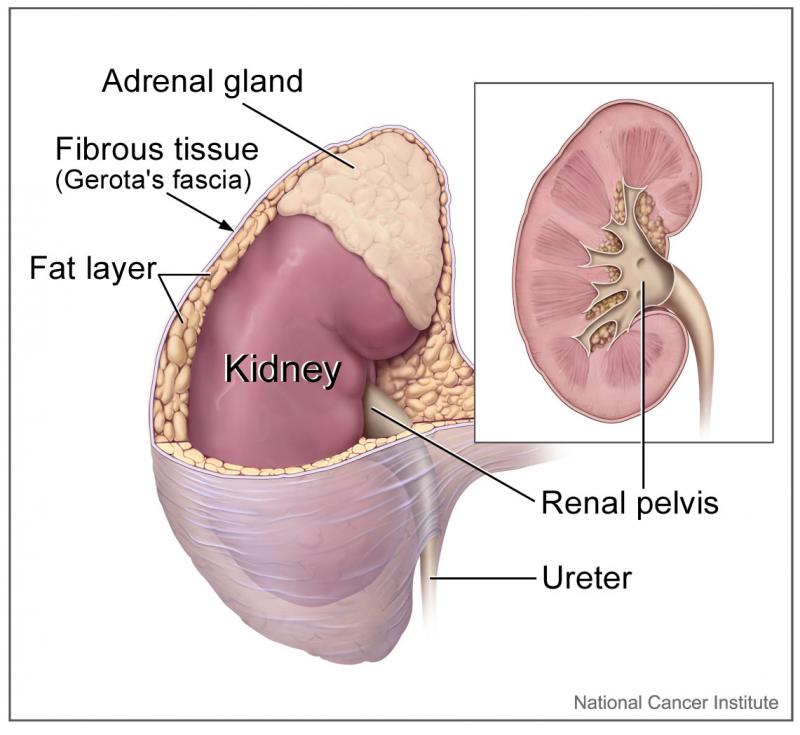To help diagnose or rule out a phaeochromocytoma
Plasma Free Metadrenalines (Metanephrines)
When you have persistent or episodic high blood pressure and symptoms such as headaches, rapid heart rate, and sweating
A blood sample is obtained by inserting a needle into a vein in the arm.
Not required. Please inform your healthcare professional of any medication (prescription and non prescription) that you are taking.
-
How is it used?
Plasma free metadrenaline is a test used to help diagnose or rule out the presence of a phaeochromocytoma. Its primary use is in symptomatic people when urine testing does not provide clear-cut results.
Occasionally, the test may be requested on an asymptomatic person if an adrenal tumour is detected during a scan conducted for another purpose or if the person has a strong personal or family history of phaeochromocytomas. These tumours may recur, and there is a genetic link in some cases.
-
When is it requested?
The plasma free metadrenalines test is primarily requested when a doctor either suspects that someone has a phaeochromocytoma or wants to rule out the possibility.
-
What does the test result mean?
Since the plasma free metadrenalines test is very sensitive and phaeochromocytomas are rare, a doctor may see more false positives with this test than true positives. The negative predictive value of the test, however, is very good. This means that if the concentrations of metadrenaline and normetadrenaline are normal in the blood, then it is unlikely that a person has a phaeochromocytoma.
If levels are elevated in someone who has had a previous phaeochromocytoma, it may be an indication that the tumour is recurring.
-
Is there anything else I should know?
The majority of phaeochromocytomas are found in the adrenal glands and most of the rest are found within the abdominal cavity. While the plasma free metadrenalines test can help detect and diagnose phaeochromocytomas, it cannot tell the doctor where the tumour is or whether it is benign or malignant (although most are benign).
An increased risk for developing phaeochromocytomas can be inherited. Multiple endocrine neoplasia, type 2 (MEN-2) is a condition associated with alterations in specific genes. They increase the lifetime risk that those affected will develop tumours in one or more of their endocrine glands.
-
I have more than one pheochromocytoma at once?
Yes, especially when there is a strong family history of phaeochromocytomas. A person may have a tumour in each adrenal gland or occasionally in other locations.
-
Does the amount of plasma free metadrenalines detected correspond to the size of the tumour?



